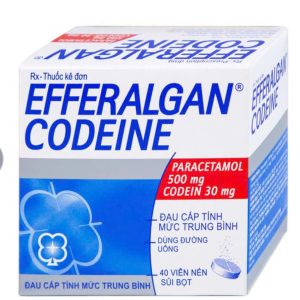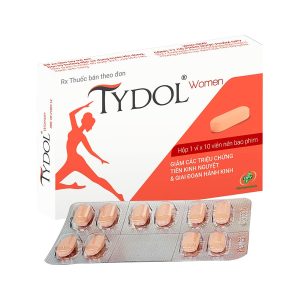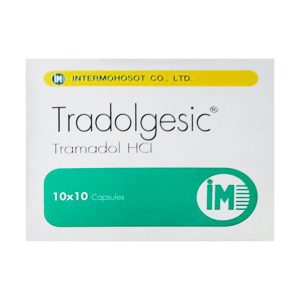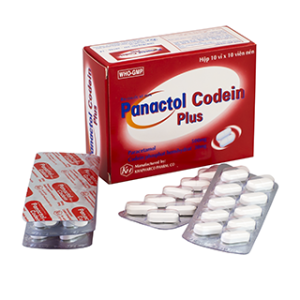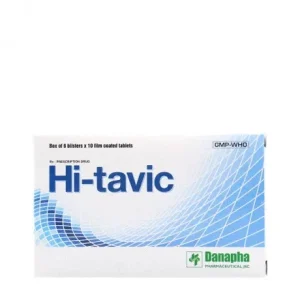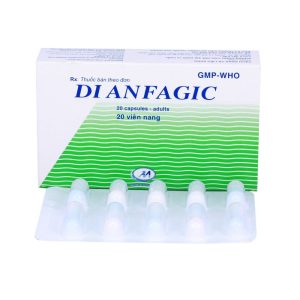We deliver to you every day from 7:00 to 23:00
The best discounts this week
Every week you can find the best discounts here.
Pain Relief for Nerve Pain Treatment: A Comprehensive Guide
Nerve pain, or neuropathic pain, is one of the most challenging types of discomfort to manage. Unlike typical muscle or joint pain, nerve pain can result from a variety of conditions, including diabetes, shingles, multiple sclerosis, or nerve injury. The pain is often sharp, burning, or shooting, and it can be persistent and debilitating. Fortunately, there are numerous treatment options available, both pharmacological and non-pharmacological, to help relieve nerve pain and improve quality of life.

Understanding Nerve Pain
Nerve pain occurs when the nerves themselves are damaged or malfunctioning, sending incorrect pain signals to the brain. This type of pain can be caused by a variety of conditions, such as:
-
Diabetic neuropathy: Nerve damage due to high blood sugar levels in people with diabetes.
-
Shingles: A viral infection caused by the herpes zoster virus, which can lead to post-herpetic neuralgia (PHN).
-
Peripheral neuropathy: A common complication from alcohol abuse, vitamin deficiencies, and infections.
-
Sciatica: A condition where the sciatic nerve is irritated, causing pain that radiates down the leg.
Understanding the underlying cause of nerve pain is essential in determining the most effective treatment.
Types of Nerve Pain Treatments
There is no one-size-fits-all solution for nerve pain, but a combination of medications, lifestyle changes, and alternative therapies can provide relief. Let’s dive into the most common nerve pain treatments.
1. Medications for Nerve Pain
Medications are often the first line of treatment for nerve pain, and various types can provide relief, depending on the severity and cause of the pain.
a. Anticonvulsants
Anticonvulsant medications, commonly used to treat epilepsy, can also be effective for nerve pain. These medications work by stabilizing nerve activity.
-
Examples: Gabapentin (Neurontin) and Pregabalin (Lyrica).
-
Benefits: They are particularly effective for conditions like diabetic neuropathy and postherpetic neuralgia.
-
Side Effects: Drowsiness, dizziness, and swelling in the legs.
b. Antidepressants
Certain antidepressants, particularly tricyclic antidepressants (TCAs) and serotonin-norepinephrine reuptake inhibitors (SNRIs), can help relieve nerve pain by altering the way the brain processes pain signals.
-
Examples: Amitriptyline, Duloxetine (Cymbalta), and Venlafaxine (Effexor).
-
Benefits: These medications can be very effective for nerve pain related to diabetic neuropathy and fibromyalgia.
-
Side Effects: Weight gain, dry mouth, blurred vision, and constipation.
c. Topical Analgesics
For localized nerve pain, topical treatments like creams, gels, and patches can offer significant relief.
-
Examples: Capsaicin cream, Lidocaine patches, and Voltaren Gel.
-
Benefits: These medications work by numbing the area or reducing inflammation directly at the pain site.
-
How to Use: Apply as directed to the affected area for fast relief.
-
Side Effects: Mild skin irritation or redness.

d. Opioids
For severe nerve pain that doesn’t respond to other medications, opioid painkillers like oxycodone or morphine may be prescribed.
-
Benefits: Opioids can offer significant relief in short-term use for conditions like severe shingles or post-surgery nerve pain.
-
Side Effects: Constipation, addiction, and respiratory depression. These should only be used under strict medical supervision.
2. Non-Medication Treatments for Nerve Pain
In addition to medications, non-medication treatments can complement or enhance the effectiveness of your pain relief strategy.
a. Physical Therapy
Physical therapy is an important part of managing nerve pain, especially for conditions like sciatica or neuropathy. A physical therapist can guide you through exercises that help strengthen muscles and improve nerve function.
-
Benefits: Exercises can improve blood flow, reduce stiffness, and enhance mobility.
-
How to Use: Work with a physical therapist to create a tailored exercise program.
b. Nerve Blocks and Injections
In some cases, nerve blocks or epidural steroid injections may be used to target specific nerves and provide long-lasting relief.
-
Benefits: These treatments can provide temporary relief and help pinpoint the exact cause of the pain.
-
How to Use: Administered by a doctor, often as part of a broader pain management plan.
c. Transcutaneous Electrical Nerve Stimulation (TENS)
TENS is a non-invasive technique that uses low-voltage electrical currents to stimulate nerves and reduce pain perception.
-
Benefits: It’s a drug-free alternative for managing chronic nerve pain.
-
How to Use: TENS units are small, portable devices that are applied to the skin over the painful area.
3. Lifestyle and Home Remedies
Incorporating healthy lifestyle changes and home remedies can help manage nerve pain over time. These strategies include:
-
Healthy Diet: Consuming foods rich in antioxidants, vitamin B12, and omega-3 fatty acids can support nerve health and reduce inflammation.
-
Exercise: Regular, low-impact activities like walking, swimming, or yoga can improve circulation and reduce stiffness.
-
Stress Management: Stress can exacerbate nerve pain, so practicing relaxation techniques like deep breathing or meditation can be beneficial.
4. Natural Remedies for Nerve Pain Relief
Several natural remedies have been shown to help alleviate nerve pain, often when used alongside other treatments. These include:
-
Turmeric: This spice contains curcumin, an anti-inflammatory compound that may help reduce nerve pain.
-
Capsaicin: Found in chili peppers, capsaicin can reduce pain signals when applied topically.
-
Acupuncture: Some people find relief from nerve pain through acupuncture, a practice that involves inserting thin needles into specific points on the body.
Frequently Asked Questions (FAQs)
1. What is the most effective medication for nerve pain?
The most effective medication depends on the underlying cause of the pain. Anticonvulsants and antidepressants are commonly prescribed for nerve pain, and topical treatments like lidocaine patches are useful for localized pain.
2. Can nerve pain go away on its own?
Nerve pain can sometimes improve over time, particularly if it is caused by a temporary condition like shingles. However, chronic nerve pain usually requires ongoing treatment to manage effectively.
3. Are there natural remedies for nerve pain relief?
Yes, natural remedies such as turmeric, capsaicin, and acupuncture may help relieve nerve pain. These should be used as part of a comprehensive pain management plan.
4. How long does it take for nerve pain to heal?
Healing time for nerve pain varies based on the cause. For example, nerve pain caused by diabetic neuropathy may be chronic, while pain from injuries may improve over time with proper treatment.
Conclusion
Nerve pain can be one of the most challenging types of pain to manage, but there are many effective treatments available to help improve quality of life. From medications to natural remedies and physical therapy, combining different approaches often yields the best results. Always consult with your healthcare provider to determine the most appropriate treatment plan for your specific situation.
For more tips and resources on pain relief and automation tools, visit DUYTHIN.DIGITAL.

